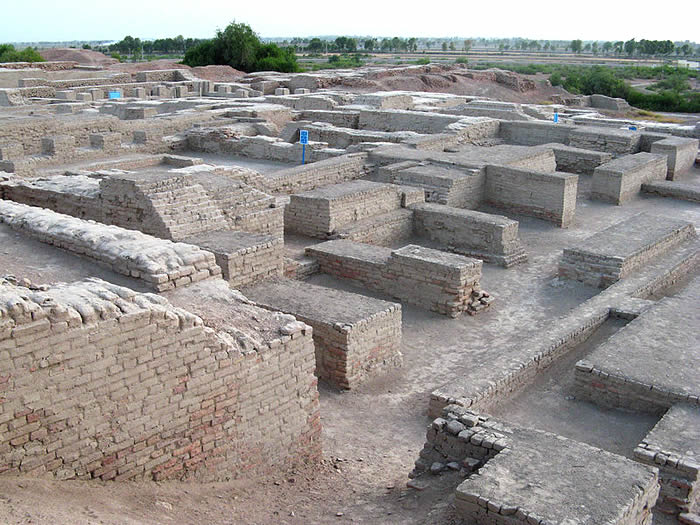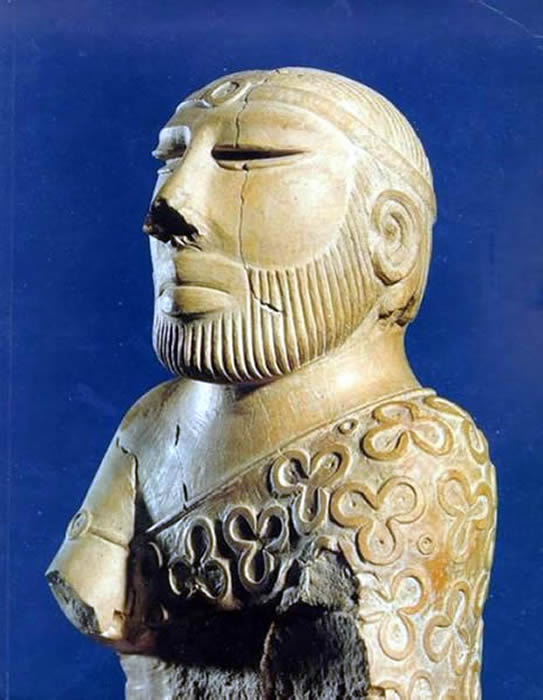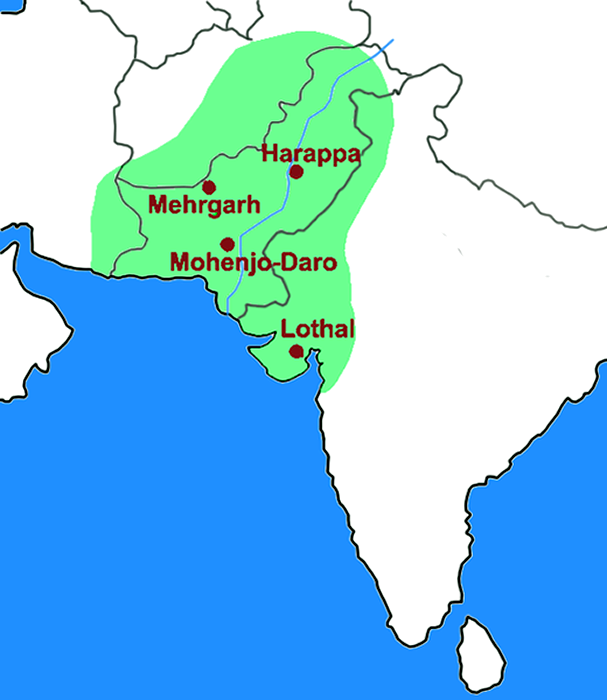 Mohenjo-Daro/Harappa
Mohenjo-Daro/Harappa

(Text by Duane R. Hurst © 2013)
Click on a link to view its information and pictures.
|
MOHENJO-DARO LINKS: Significant Event: City Plan of Lothal City Layout of Mohenjo-Daro Main Cities: Harappa; Lothal; Mohenjo-Daro Time: 3000-1775 BC Language: Devanagari Personage: Priest-King Religion: Mohenjo-Daro Gods Related Country: India; Pakistan Brief History: I have included only a few items concerning the history of this empire. A good source for more details can be found on Wikipedia or in history books. |
|
|
EARLY YEARS:
A Bronze Age civilization flourished between 3300 and 1300 BC in the Indus Valley. Early cities were well planned, including elaborate drainage systems. Upwards of five million people may have lived in the region. An early city was at Mehrgarh. HARRAPA: Harappa was a major center in the north with a population of over 23,000 at its height (2600-1900 BC). People used a chariot and driver method of transportation and warfare. Homes generally were flat-roofed brick structures and the city plan was dissimilar to Mohenjo-Daro. MOHENJO-DARO AND LOTHAL: Mohenjo-Daro ("Mound of the Dead") was a major center in the south that began circa 2600 BC. Actual name was Kukkutarma, "City of the Cockerel." Cock fighting probably was part of the city's religious rituals. Mohenjo-Daro also was one of the world's first large urban settlements, and was the most extensive city of the ancient Indus Valley Civilization. The city boasted two large assembly halls, an extensive building to house 5,000 people, and public baths to support a peak population of 40,000. They actively traded with ancient Sumer. People abandoned the city in the 19th century BC. Lothal was a southern port city (circa 2400 BC) on the Sabarmati River. It also was a center that traded beads, gems and metallurgic ornaments with Africa and West Asia. A flood circa 2350 BC caused residents to rebuild the village as a larger planned city, with drainage canals. A massive flood in 1900 BC destroyed the town and region. Survivors moved inland along the Saraswasti River. |
|
|
© Page Publisher: Duane R. Hurst
|


